TRANSPORTATION
The Detroit Region connects your business with the world
With a centralized location and strong infrastructure, the Detroit Region supports a robust transportation system that offers unparalleled access to both local and global markets. The region is only a 10-hour drive from half the U.S. and Canadian population, reaching over 180 million people in close proximity. And each year, the Detroit Region’s logistics and distribution network exports more than $47 billion in goods.
The Detroit Region also has six public transit agencies, including bus services, five bike share programs, one light rail, and one streetcar system. Just one of these transit agencies–the Suburban Mobility Authority for Regional Transportation (SMART)–connects approximately 2 million nearby residents to more than 67,000 businesses and 850,000 jobs. From bus to rail, our local infrastructure ensures that companies can go wherever their business takes them.
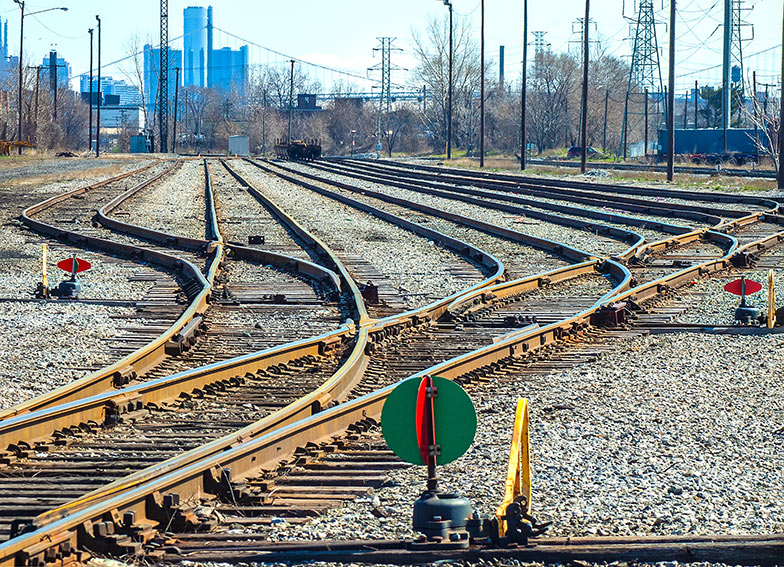
The Detroit Region has the rail and road infrastructure to haul freight and cargo across the country. Seven major interstates and all four of Michigan’s Class I railroads intersect in the region, creating a robust and interconnected logistics network for your business.
THE DETROIT REGION CONNECTS YOU WITH OPPORTUNITY. EXPLORE OUR LOGISTICS NETWORK FOR YOURSELF.

Airport
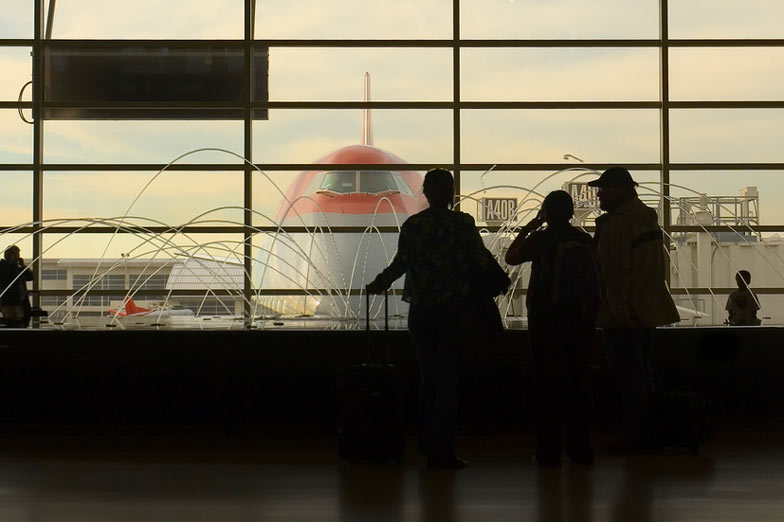
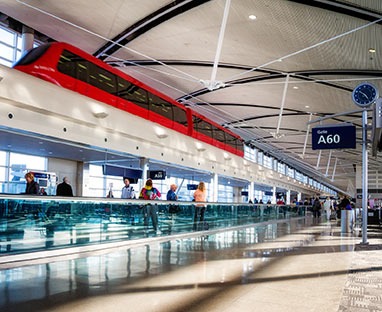
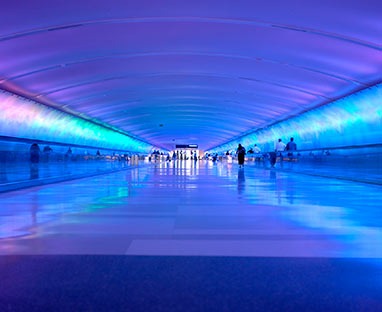
The Detroit Metropolitan Airport is a thriving international gateway
The Detroit Region is home to 15 airports that carry passengers and freight around the world. The Detroit Metropolitan Airport (DTW) is one of the United States’ major international airports and the largest airport in the region. The Detroit Metro Airport is also Delta Air Lines’ second largest hub, serving as a major gateway to Asia from the U.S. east coast.
- Over 50 million passengers fly into the region on nearly 610,000 flights each year.
- The Detroit Metro Airport offers 1,100 daily flights and 140 non-stop routes to 4 continents.
- In 2019, J.D. Power ranked the Detroit Metro Airport as No. 1 for Customer Satisfaction among all mega airports in the U.S.
- Other notable airports include the Flint Bishop International Airport, Willow Run Airport, Oakland County International Airport, and St. Clair County International Airport.

International Border Crossings
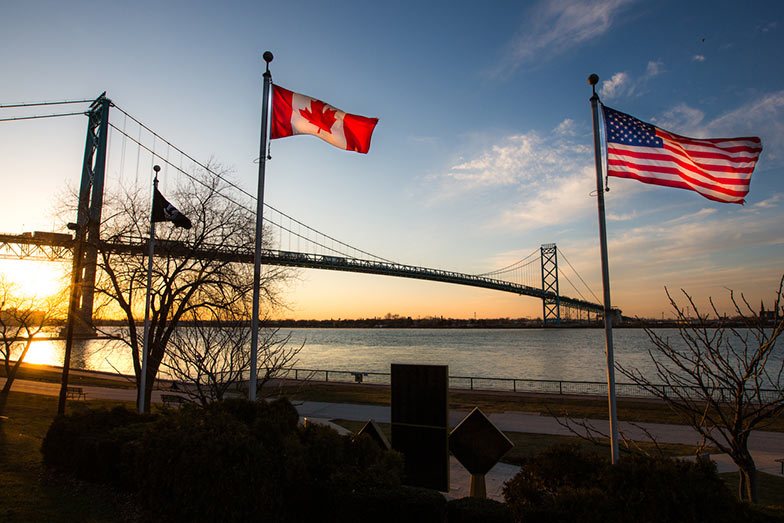
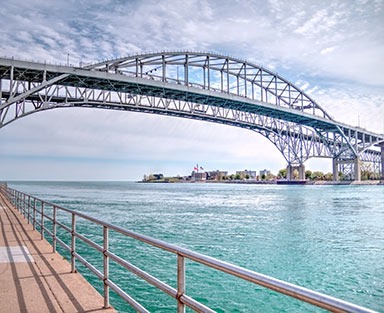

The Detroit Region sits on the busiest northern border crossing in North America
The region is directly connected to Canada by two bridges, two rail tunnels, two truck ferries, and the Detroit-Windsor Tunnel–the only vehicular subaqueous international border crossing in the world. Each year, $44 billion in exports cross from the Detroit Region to Ontario, Canada, across the busiest northern border in the United States.
- The Detroit-Windsor border is the richest in the world with more than $600 million in trade crossing each day.
- Port Huron is home to the No. 2 border crossing for rail traffic in the U.S., as measured by value and volume of goods.
- Canada and the State of Michigan have partnered to construct a new international bridge to be completed in 2024.
- The new Gordie Howe International Bridge will be a $5.7 billion investment to further increase cross-border trade with Canada.

Interstates
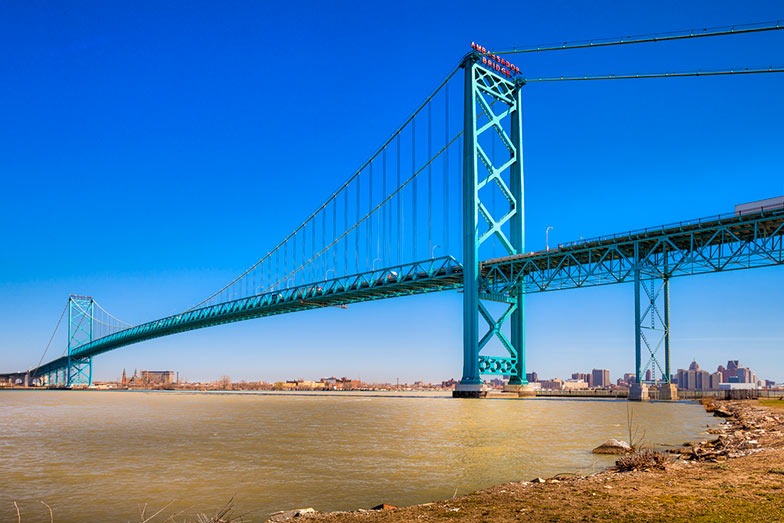
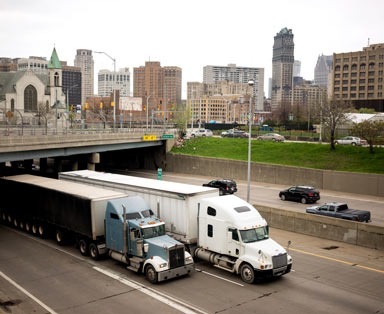
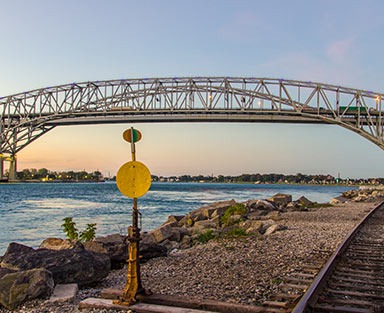
Our crossroads connect the Detroit metro to the entire nation
The Detroit Region’s centralized location places your business at the epicenter of the United States. Within just a five-hour drive, the region gives companies convenient access to over 47 million consumers, partners, and skilled workers in the U.S. and Canadian markets. This connectivity is made possible by the seven major interstates that intersect in the region and reach across the United States.
- Over 2,000 miles of interstates and highways span the Detroit Region.
- The region’s interstate network reaches completely across the country–from east coast to west coast and from Mexico to Canada.
- Major interstates serving the region include: I-75, I-94, I-96, I-69, I-696, I-275, and I-475.
- The State of Michigan allows trucks with a gross vehicle weight up to 164,000 pounds.

Rail
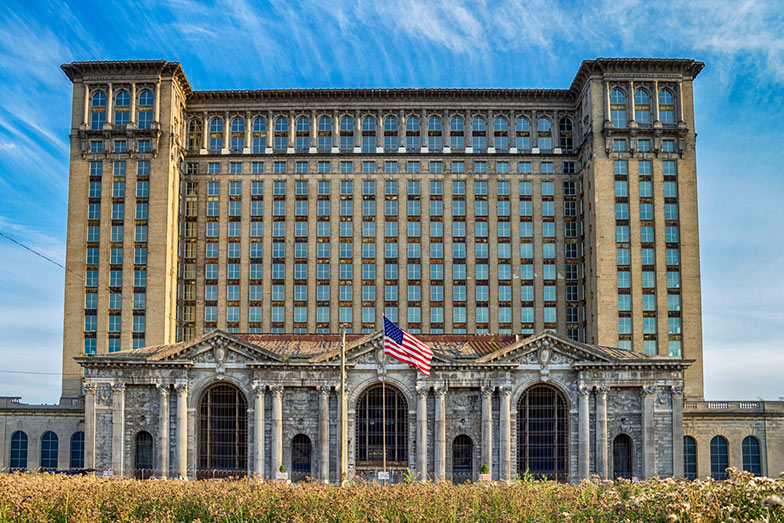

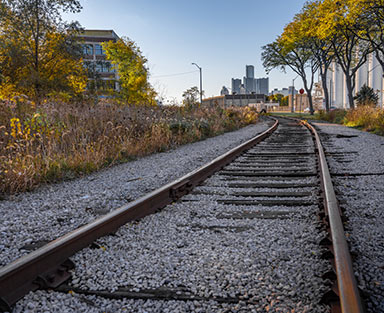
The Detroit Region transports freight from coast to coast
The region has the necessary transportation infrastructure to easily haul freight and cargo across the country. Michigan is home to 26 railroads, including four Class I railroads. Those four rail lines all intersect in the Detroit Region, connecting with the region’s seven cargo ports and seven major interstates to create a reliable logistics network for your business.
- The Detroit Region is served by four of the nation’s seven Class I railroads, which is unique to only a third of the United States.
- There are four intermodal terminals in close proximity to Detroit, providing rail-to-truck connectivity.
- Michigan’s rail system carries about 21% of the state’s freight tonnage and 23% of its commodities by value.
- There are more than 3,600 miles of railroad track in Michigan, including about 2,400 miles in the Detroit Region.
